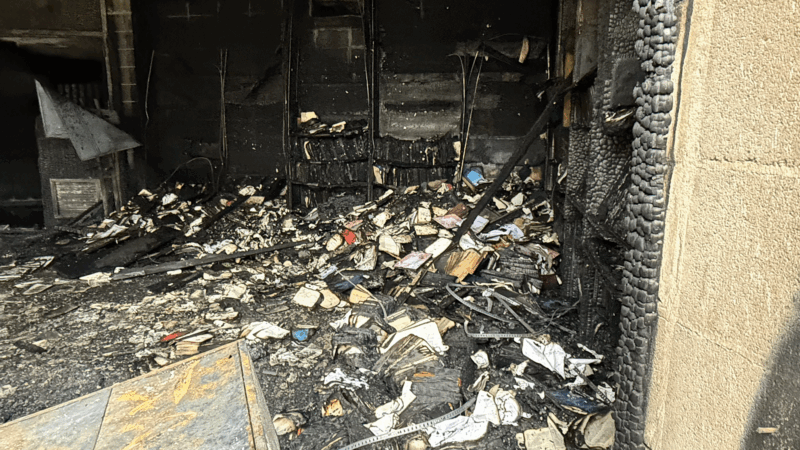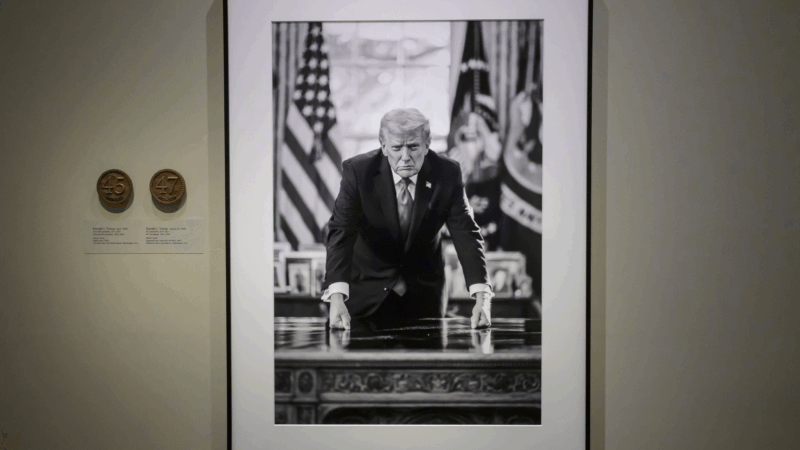U.S. strikes on Iranian nuclear sites show no sign of widespread environmental impact
Loading…
Iranian authorities are reporting no signs of off-site radiation or contamination in the wake of U.S. attacks on three of the country’s nuclear sites.
That’s according to a statement put out by the International Atomic Energy Agency on Sunday. Rafael Mariano Grossi, the agency’s Director General, said that “as of this time, we don’t expect that there will be any health consequences for people or the environment outside the targeted sites.”
“We will continue to monitor and assess the situation in Iran and provide further updates as additional information becomes available,” he added.
The three sites hit by U.S. bombs — Fordo, Isfahan, and Natanz — contained nuclear material in the form of uranium enriched to different levels, the agency said. At least, that’s the most recent information it had verified “before the attacks on Iran began on 13 June.”
The two major kinds of uranium isotopes found at this type of facility “are at the low end of hazard with regard to radioactive materials,” says Edwin Lyman, director of nuclear power safety at the Union of Concerned Scientists in Washington, D.C.
“So there’s not a significant, dire health threat if those materials got released to the environment,” he told NPR before the U. S. strikes.
What’s more, these facilities would have mostly been working with uranium in the form of a gas called uranium hexafluoride. The molecules of this gas are big and heavy. That means when a container that holds this gas gets ruptured, the gas doesn’t travel far through the air, according to Emily Caffrey, a health physics expert at the University of Alabama at Birmingham.
Earlier this month, when an attack by Israel damaged the aboveground portion of the Natanz Fuel Enrichment Plant, the level of radioactivity outside the site “remained unchanged and at normal levels, indicating no external radiological impact to the population or the environment from this event,” the IAEA reported.
Inside the site, however, there was “both radiological and chemical contamination.”
In the past, the IAEA’s Director General has voiced his opposition to military attacks on Iran’s nuclear sites, saying that “though they have not so far led to a radiological release affecting the public, there is a danger this could occur.”
Neighboring countries have been watching the situation closely, according to a statement put out by the government of Kuwait, which cited the Gulf Cooperation Council (GCC) as saying on Sunday that “no abnormal radiation levels have been detected in any of the member states.”
“Monitoring of the situation and its developments will continue through established surveillance and early warning systems,” the statement said, “and reports will be issued regularly.”
Death toll from protests in Iran increases as Trump says Iran wants to talk
President Trump said Sunday that Iran proposed negotiations after his threat to strike the Islamic Republic over its crackdown targeting demonstrators. Activists say at least 544 have died.
Arson engulfs Mississippi synagogue, a congregation once bombed by Ku Klux Klan
A suspect is charged with arson in a fire that burned through a synagogue in Mississippi. Flames and smoke destroyed its library, housing Torahs.
DOJ subpoenas Federal Reserve in escalating pressure campaign
The Justice Department has subpoenaed the Fed over chair Jerome Powell's testimony over the central bank's headquarters renovation. Powell calls it part of a pressure campaign over interest rates.
The 2026 Golden Globe awards are Sunday. Here’s how to watch
The 2026 Golden Globes air on Sunday night starting at 8 p.m. ET / 5 p.m. PT.
National Portrait Gallery removes impeachment references next to Trump photo
A new portrait of President Trump is on display at the National Portrait Gallery's "America's Presidents" exhibition. Text accompanying the portrait removes references to Trump's impeachments.
America’s top figure skaters dazzled St. Louis. I left with a new love for the sport.
The U.S. Figure Skating National Championships brought the who's who of the sport to St. Louis. St. Louis Public Radio Visuals Editor Brian Munoz left a new fan of the Olympic sport.






